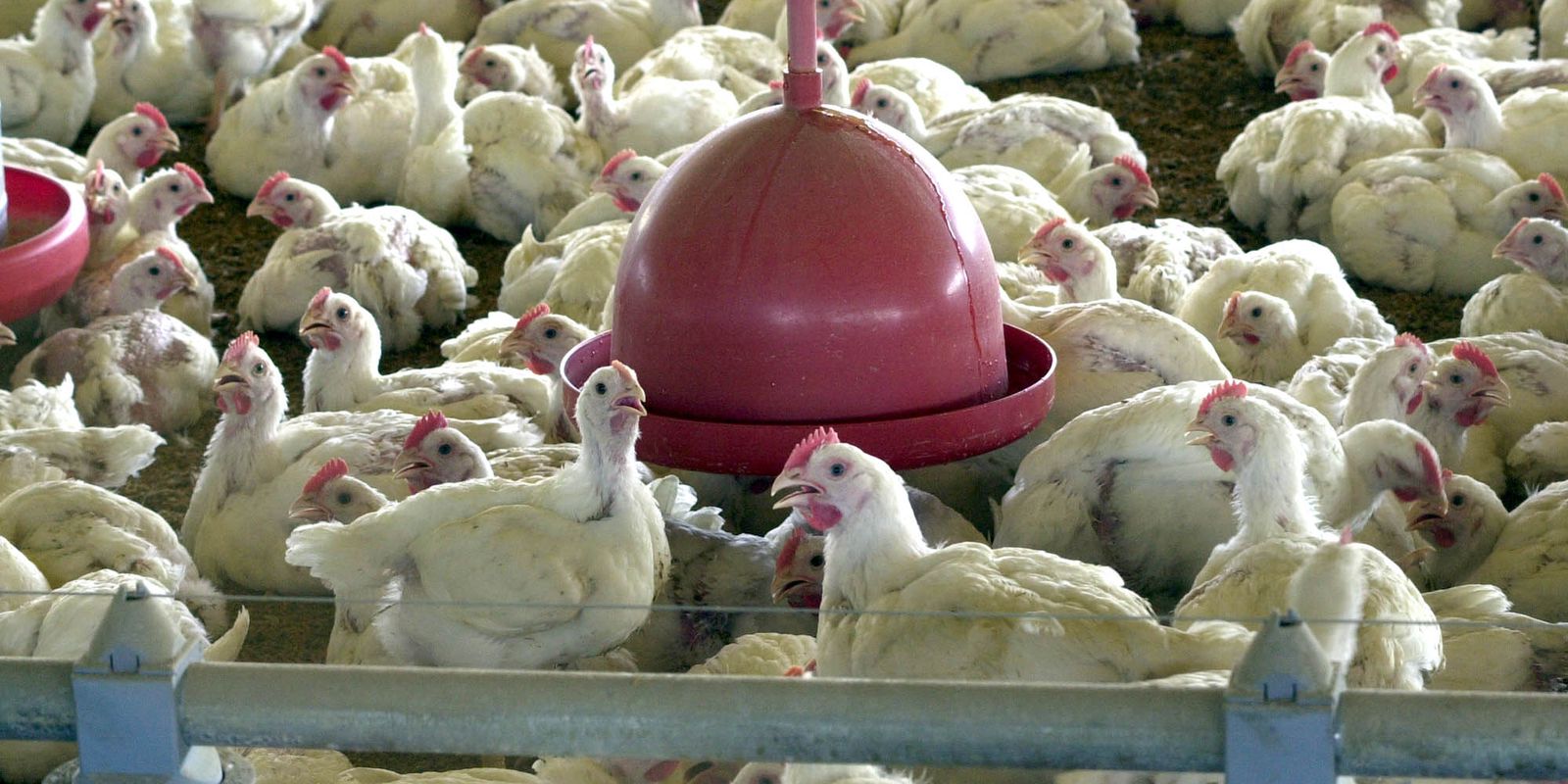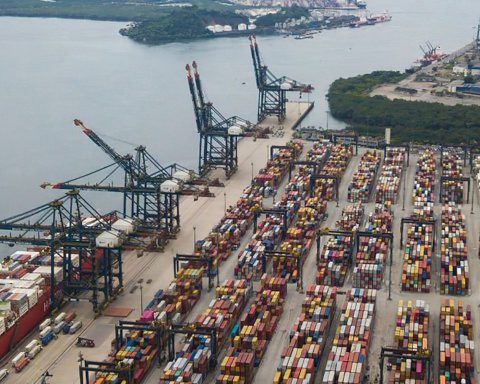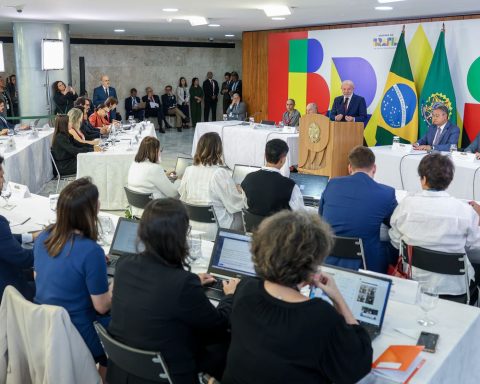Animal production data in Brazil indicate that in the first quarter of this year the slaughter of chickens fell by 1.7%, while that of cattle increased by 5.5% and that of pigs increased by 7.2%, in comparison with the same period. period of 2021. The information is from the Livestock Production Statistics, released today (8) by the Brazilian Institute of Geography and Statistics (IBGE)
In relation to the previous quarter, the slaughter of chickens fell by 0.2%, that of cattle was stable and that of pork increased by 1.5%.
cattle
From January to March, a total of 6.96 million heads of cattle were slaughtered in establishments with sanitary inspection, which represents 361,750 more heads of cattle. The amount represents growth of 5.5% compared to the first quarter of 2021 and stability compared to the fourth quarter of 2021.
Among the months of the quarter, the highlight was March, when there was an increase of 8% in the annual comparison, with the slaughter of 2.47 million heads. Female slaughter grew 12.9% compared to the same period in 2021, after two years of declines. Male slaughter rose 1.1%.
There were increases in cattle slaughter in 18 of the 27 federation units. Mato Grosso continues in the first position in the country, with 16.1% of the national share, followed by Mato Grosso do Sul (11.3%) and São Paulo (11%).
The acquisition of leather pieces by tanneries was stable compared to the first quarter of last year and fell 1.4% in the fourth quarter of 2021, totaling 7.12 million whole pieces of rawhide. In the annual comparison, there was production of 959 pieces less. Mato Grosso has 15.7% of the national share in receiving and processing rawhide, followed by Mato Grosso do Sul (13.9%) and São Paulo (10.9%).
Milk
Raw milk production in the investigated period reached 5.90 billion liters, a reduction of 10.3% compared to the first quarter of 2021 and a drop of 9.3% in the quarterly comparison.
The drop, which reached a total of 678.01 million liters of milk less on the national scene, came from 19 of the 26 federation units participating in the research. The leadership in the sector goes to Minas Gerais, which has 25.5% of the national funding, followed by Paraná (13.8%) and Rio Grande do Sul (12.5%).
As an experimental statistic, the IBGE also released the price of raw milk paid to the producer. In the first quarter of 2022, the national average price per liter was R$ 2.14. In the same quarter of 2019 it was BRL 1.36, in 2020 it was BRL 1.38 and in 2021 it reached BRL 1.90.
swine
The first quarter of 2022 recorded the best swine slaughter results for these months in the historical series, which began in 1997. In the first three months of the year, 13.64 million heads were slaughtered, an increase of 7.2% over the same period of 2021, which represents 920,430 more heads. In the quarterly comparison, the increase was 1.5%.
The increase in production occurred in 19 of the 25 investigated federation units. The leadership continues with Santa Catarina, state where 28.1% of the national production hogs were slaughtered, followed by Paraná (20.5%) and Rio Grande do Sul (17.4%).
chickens
Chicken production decreased in the analyzed period, with a drop of 1.7% compared to the same period in 2021 and 0.2% compared to the fourth quarter of 2021. The total slaughtered reached 1.55 billion heads of chickens, which represents 27.25 million less than in the first quarter of last year.
The drop in slaughter was registered in 17 of the 25 federation units surveyed by the IBGE. The leadership of the poultry sector continues with Paraná, which has 33.5% of the national share, followed by Rio Grande do Sul (13.5%) and Santa Catarina (13.2%).
Chicken egg production reached 977.20 million dozen in the first quarter of the year, down 2% year-on-year and 2.5% from the previous quarter. However, the IBGE points out that, even with the downturn, this is the second best result for a first quarter since the beginning of the historical series, which began in 1987.
19.6 million fewer eggs were produced in the country, with drops in 15 of the 26 units of the federation.
















